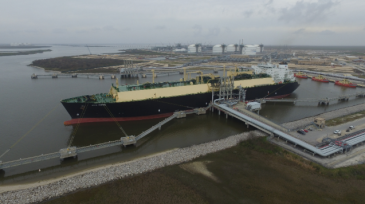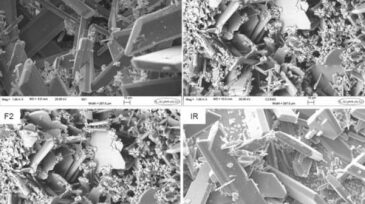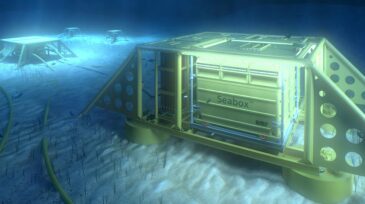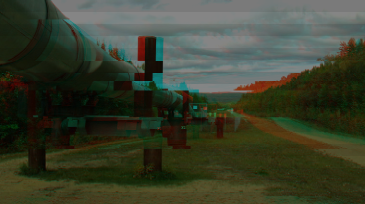Onshore/Offshore Facilities
Sponsored
Advance your career with the new Pipeline Engineering Program at the Technical University of Leoben, a 5-month course combining on-campus and online learning, integrating industry expertise, engineering practice, and future-ready skills for professionals in oil, gas, and emerging energy systems.
Plans call for license partner Aker BP to serve as operator during the development phase, with operatorship reverting to DNO after first oil in 2028.
Production from the Búzios field now tops 1 million B/D with six floating production systems in operation and more on the way.
-
Exponential growth in LNG tank capacity, fueled by the introduction of LNG fuel in shipping sectors, indicates a possible shift in the fuel mix.
-
The company evacuated 276 people on board Statfjord A after the collision, which happened in connection with loading operations. No injuries were reported, and the total extent of the damage on the platform is being investigated.
-
Anadarko Petroleum selects JV companies to provide EPC for the onshore LNG development. Saipem scores the biggest contract in its history. Work will begin upon FID, expected this month.
-
The criticality of above-water riser hull piping requires frequent inspections. Traditional manual inspection methods present safety and efficiency concerns, but work is being done to see if robotic technologies—such as drones and crawlers—can do the job as good as, or even better than, humans.
-
Sabine Pass Train 6 gets the nod, Bechtel gets the go-ahead for construction. Apache Corp. signed a deal with Cheniere to supply natural gas produced from its Permian Basin Alpine High area to the Corpus Christi LNG facility
-
The state-owned firm is looking within its home country, around Southeast Asia, and to the Americas—including shale—in an effort to maintain its forecast average yearly production of 1.7 million BOE/D over the next 5 years.
-
The chemical reactions creating buildups of scale that can clog a well can be replicated in a chemical lab, but researchers are finding many more variables on the surfaces of pipes that need to be considered.
-
Operators are looking for ways to better handle water coming from subsea wells, which is typically treated at topside facilities. Subsea separation systems are not equipped to discharge water back into the reservoir, so how do companies close the gaps?
-
The US Department of Energy authorized the export from the terminal’s fourth liquefaction train to countries that have no free trade agreement with the US.
-
According to a report published by the Government Accountability Office, the Transportation Security Administration employs only six full-time staffers for its pipeline security branch.













